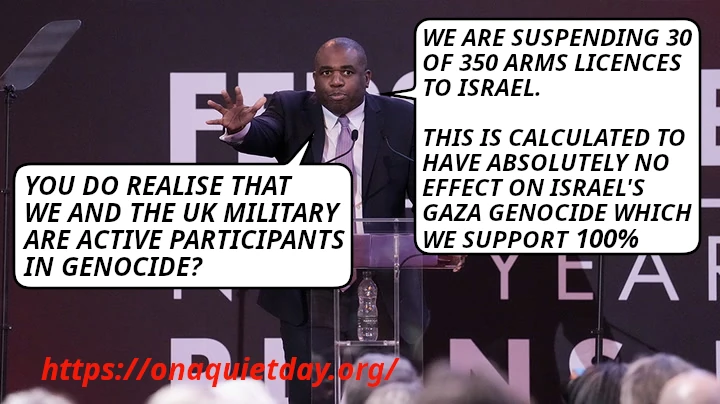Thousands rally in Paris on International Day of Solidarity with Palestinians
This work by Middle East Monitor is licensed under a Creative Commons Attribution-NonCommercial-ShareAlike 4.0 International License.

Thousands of people marched through the streets of Paris on Saturday, Nov. 29, to mark the International Day of Solidarity with the Palestinian People, Anadolu reports.
Demonstrators called for an immediate ceasefire and urged a boycott of Israel as they moved through the French capital.
Protesters carried Palestinian flags and held banners reading “Boycott Israel,” “Genocide, apartheid, occupation… Justice for Gaza,” “Stop the genocide in Gaza,” and “78 years of Nakba, 2 years of genocide.”
The UN designated this day in 1977 as an international occasion to express support for the inalienable rights of the Palestinian people, foremost among them the right to self-determination, national independence, sovereignty, and the return of refugees to the homes from which they were displaced in 1948.
Israel has killed nearly 70,000 people, mostly women and children, and injured over 170,000 others in its genocide in Gaza since October 2023.
In November 2024, the International Criminal Court issued arrest warrants for Netanyahu and his former Defense Minister Yoav Gallant for war crimes and crimes against humanity in Gaza.
The Israeli army has also escalated its attacks in the West Bank since the outbreak of the Gaza war in October 2023.
More than 1,085 Palestinians have since been killed, and 10,700 others injured in attacks by the army and illegal settlers in the occupied territory. More than 20,500 people have also been arrested.
In a landmark opinion last July, the International Court of Justice declared Israel’s occupation of Palestinian territory illegal and called for the evacuation of all settlements in the West Bank and East Jerusalem.
Nearly 9,300 Gaza children under 5 suffer from severe acute malnutrition: UN agency
This work by Middle East Monitor is licensed under a Creative Commons Attribution-NonCommercial-ShareAlike 4.0 International License.






